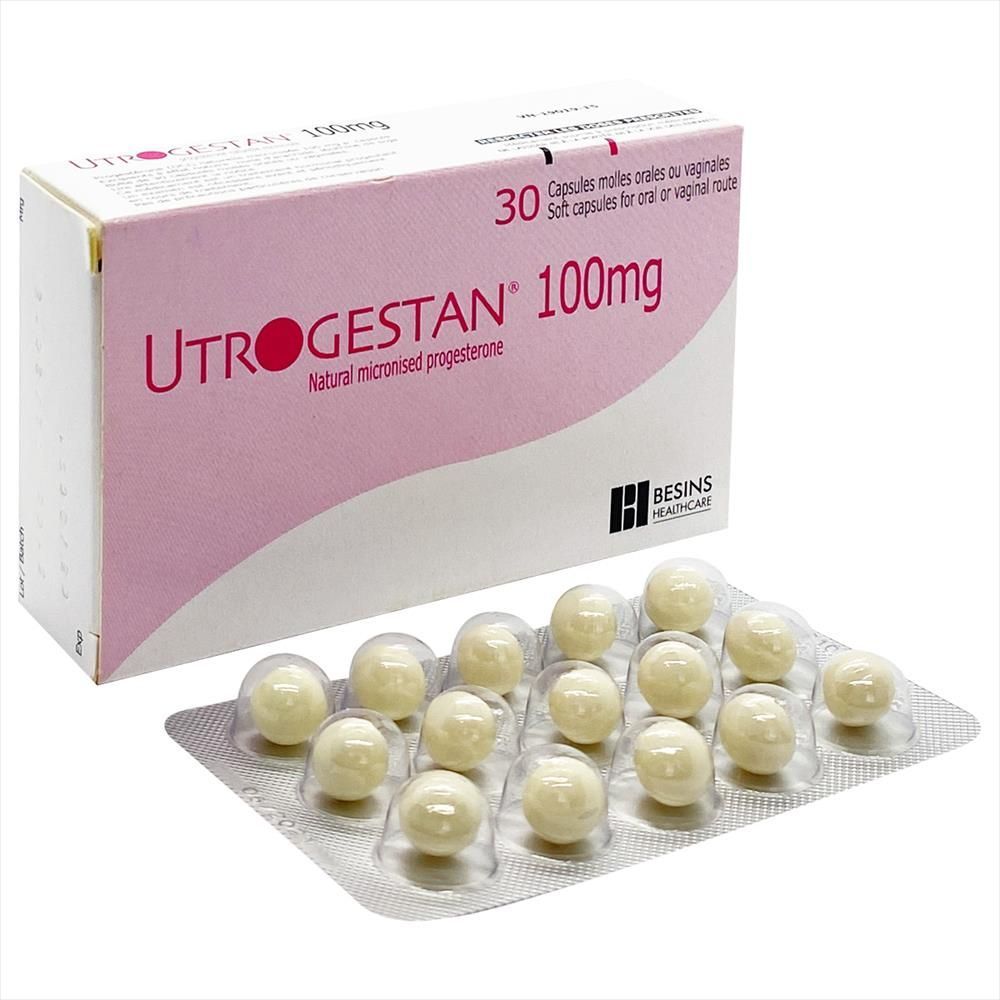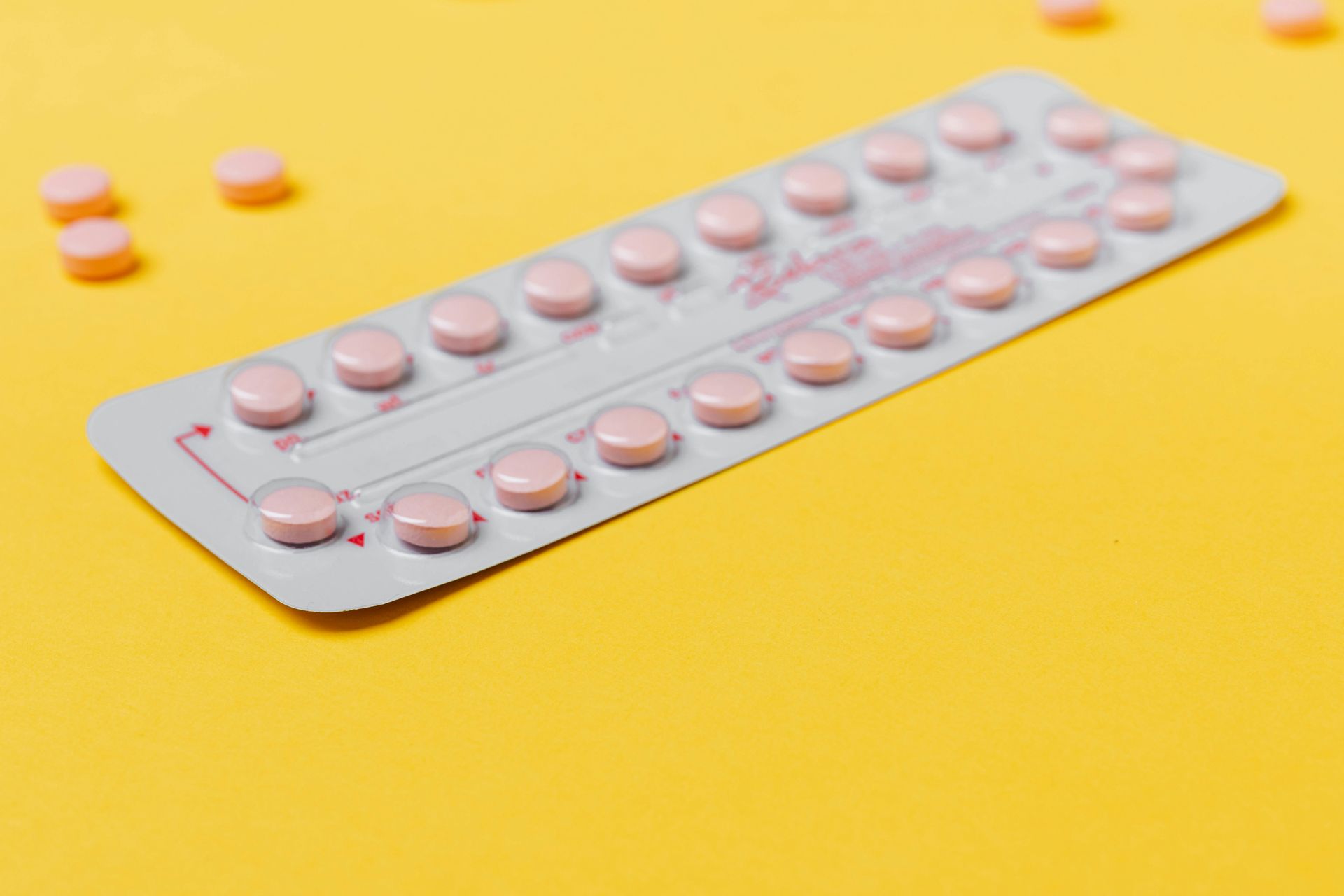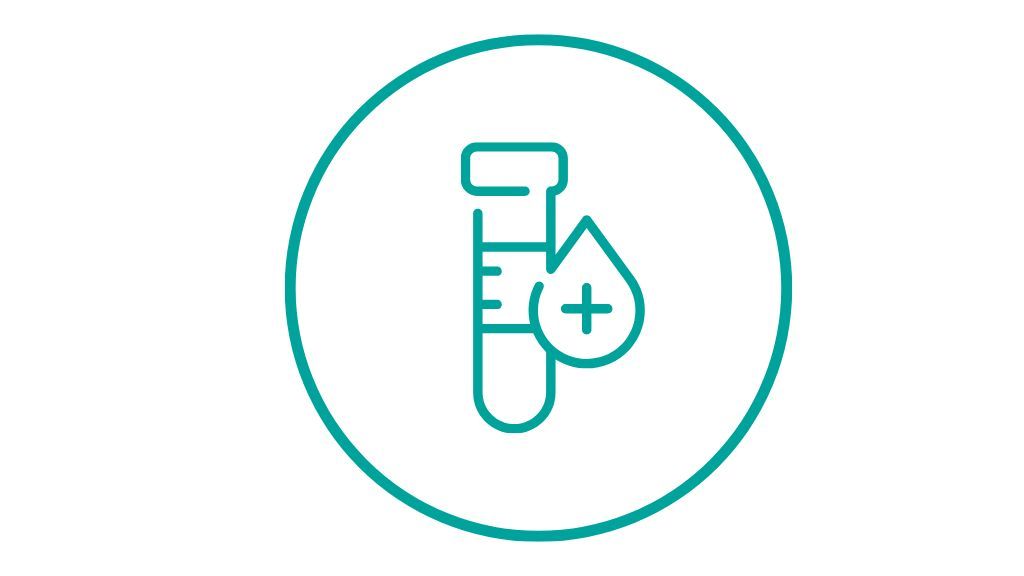LEARN: Am in in Perimenopause?
Am I in Perimenopause?
The real signs — before your period disappears
If you’ve been wondering what the heck is going on with my body ? — you’re not alone. Maybe your periods are still regular(ish)*, but something just feels different. You’re waking in the night. Your mood is a rollercoaster. Your jeans feel tighter for no clear reason. You’re not imagining it.
Welcome to early perimenopause — a phase often misunderstood, often dismissed, and often misdiagnosed.
Thanks to the work of Dr. Jerilynn Prior, endocrinologist and founder of the Centre for Menstrual Cycle and Ovulation Research (CeMCOR ), we now have clear, experience-based markers for identifying the real beginning of perimenopause — long before your cycle stops.
🩸 9 Signs You Might Be in Perimenopaus e
Dr. Prior suggests that if you’re still cycling but notice any 3 or more of the following symptoms, you may be in the early perimenopausal transition:
- New heavy and/or longer periods
- Shorter cycle lengths (≤ 25 days)
- New sore, swollen, or lumpy breasts
- New or worse period cramps
- Waking in the night for no reason
- Night sweats, especially before your period
- New or increased migraines
- Increased premenstrual symptoms or mood swings
- Weight gain without changes to eating or activity
🧪 “Can I Just Get a Blood Test ?”
It’s a fair question. But unfortunately, blood tests are not reliable for diagnosing perimenopause — especially in the early stages.
Why ? Hormone levels fluctuate daily — and even hourly — during perimenopause.
A “normal” estrogen or FSH level today doesn’t mean it was normal yesterday — or will be tomorrow. You can have significant symptoms even when hormone levels fall within the “normal” range. Blood tests might help rule out other causes (like thyroid issues), but they often miss the hormonal chaos of perimenopause altogether. This is a clinical diagnosis — one made by listening to you, not just looking at a lab.
👉 Want to understand this more?
Click here for our page on hormone blood tests and why they’re often unhelpful.
🌿 So What’s Actually Happening?
Perimenopause is driven by hormonal fluctuation — not just “low” hormones.
In early perimenopause:
- Estrogen levels are often higher, but they spike and crash unpredictably.
- Progesterone begins to drop, because ovulation becomes less consistent.
- This hormonal imbalance explains why symptoms appear — even while periods are still happening.
🛠 What You Can Do
- Track your symptoms — try a journal or app for spotting patterns over time.
- Tune in, not out — mood, sleep, breast changes, and period flow are clues.
- Talk to someone who understands — not everyone is trained in perimenopause.
Remember: your experience matters — even without a “positive” test result.
✨ The Bottom Line
Perimenopause isn’t a diagnosis you wait for — it’s a transition you move through. And the earlier we recognise it, the more support we can offer.
You don’t need a blood test to believe yourself.
You just need to notice what’s changing — and know that change has a name.
Let’s keep naming it. Let’s keep making it visible.
— SN
Regular-ish periods...
When I say your cycle is still regular-ish, I mean it’s coming roughly every 24–35 days — not wildly skipping months or arriving unpredictably. A bit earlier or later by a few days? That’s still normal.
But here's what I find fascinating — and what many women are telling me:
“I’ve always been a 26-day person, but now it’s 24.”
“I used to get clots around day 2 or 3 — now the heavy bleeding starts immediately.”
These subtle shifts matter. They often mark the first signs of hormonal change, long before periods vanish.
And the science backs this up — changes in estrogen/progesterone balance, less frequent ovulation, and inflammatory shifts can explain these new patterns.
What’s frustrating is… you won’t always find this spelled out clearly in the official guidelines. But it’s there in the lived experience and the physiology.
So if you’re wondering, “Has my normal changed?” — the answer is likely yes. And that change deserves attention.
— SN
Menstrual disc
Menstrual discs can be a great option for comfort and leak protection, but their high capacity can mask heavy bleeding—so don’t assume that just because you’re not leaking or can keep working, your flow is “normal.”
Vaginal dryness
Vaginal dryness is common in perimenopause, even before periods stop, and I always consider it if someone has recurrent thrush, urinary infections, itching, or even pelvic pain. Vaginal moisturisers (available at pharmacies) can help with comfort, but the gold standard treatment is low-dose vaginal estrogen, which restores tissue health and resilience.
The Contraceptive Pill
The contraceptive pill can be really helpful in early — and sometimes later — perimenopause for managing heavy periods, regulating cycles, and easing symptoms. But for some, it starts to feel like it’s “not working” anymore. That’s often because your own hormone fluctuations are becoming stronger and start to override the steady, synthetic hormones in the pill — leading to breakthrough symptoms despite being on it.
Blood tests in perimenopause
In perimenopause, hormone blood tests such as FSH and estradiol are rarely reliable because levels fluctuate widely from day to day, meaning results can look “normal” even when symptoms clearly indicate hormonal change. A single test therefore cannot confirm or exclude perimenopause in women over 40, where diagnosis is made clinically. The main role of hormone testing is in younger women with suspected premature ovarian insufficiency, where consistently high FSH and low estradiol on repeat samples may be diagnostic. Otherwise, hormone bloods are generally not recommended for routine diagnosis of perimenopause.







